AST SpaceMobile plots $86 million share sale
Original Publication Date: 2022-12-01 14:23
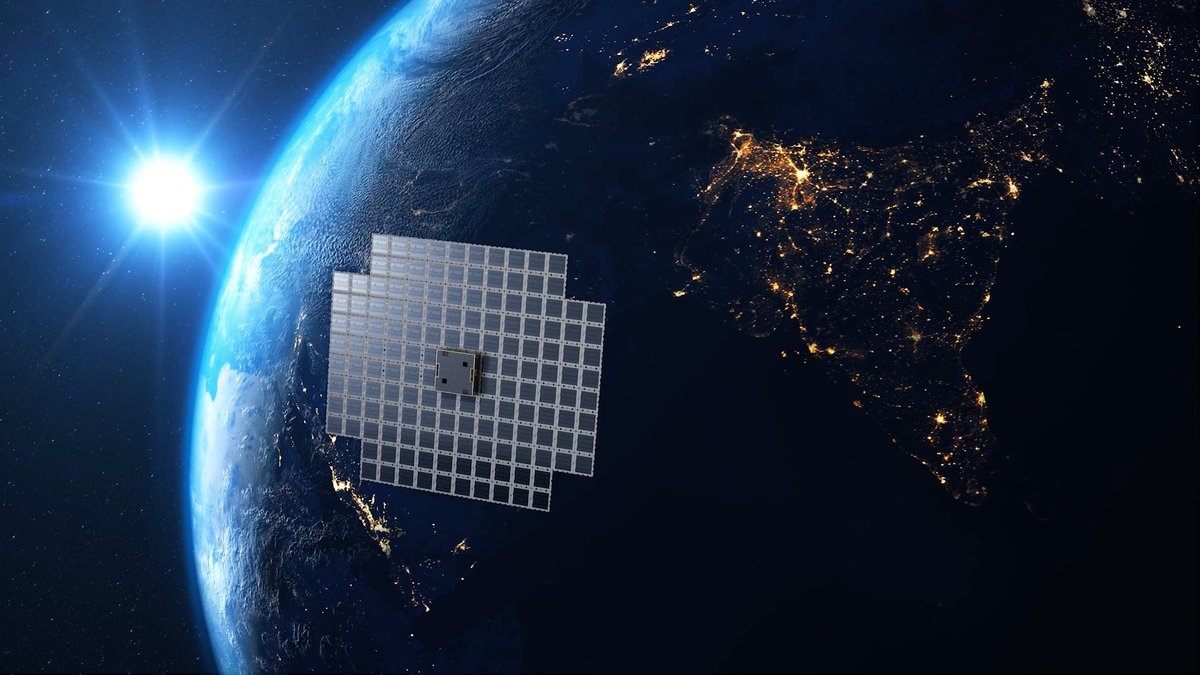
AST SpaceMobile agrees to sell shares in a public offering for $5.50 each. Underwriter has a 30-day option to buy additional shares that would bring this amount to $86.25 million. AST SpaceMobile became a public company April 7 by merging with New Providence.
Orion begins return leg of Artemis 1 mission
Original Publication Date: 2022-12-02 09:34
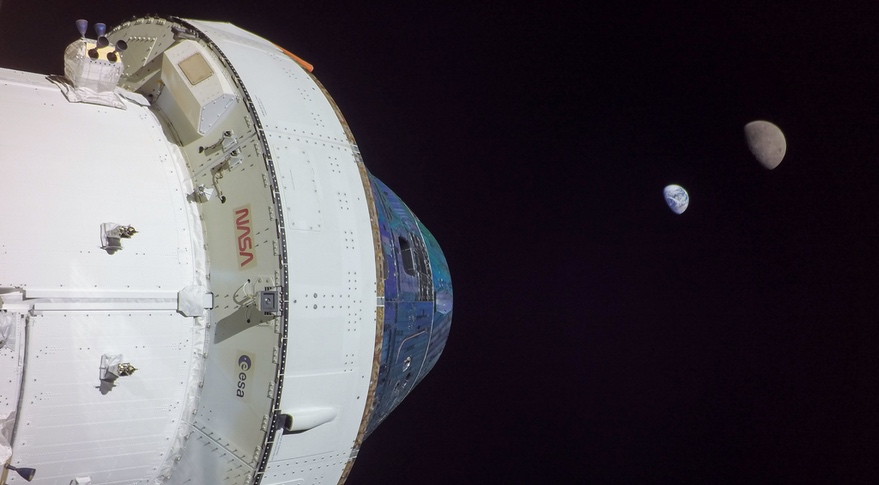
Orion's main engine fired at 4:53 p.m. Eastern for 1 minute at 45 seconds. That burn nudged the spacecraft out of the distant retrograde orbit around the moon. Orion is now descending back towards the moon, where it will perform a second maneuver. That will set up Orion for a reentry and splashdown off the California coast Dec. 11.
Rocket Lab launches subsidiary focused on national security market
Original Publication Date: 2022-12-01 23:46
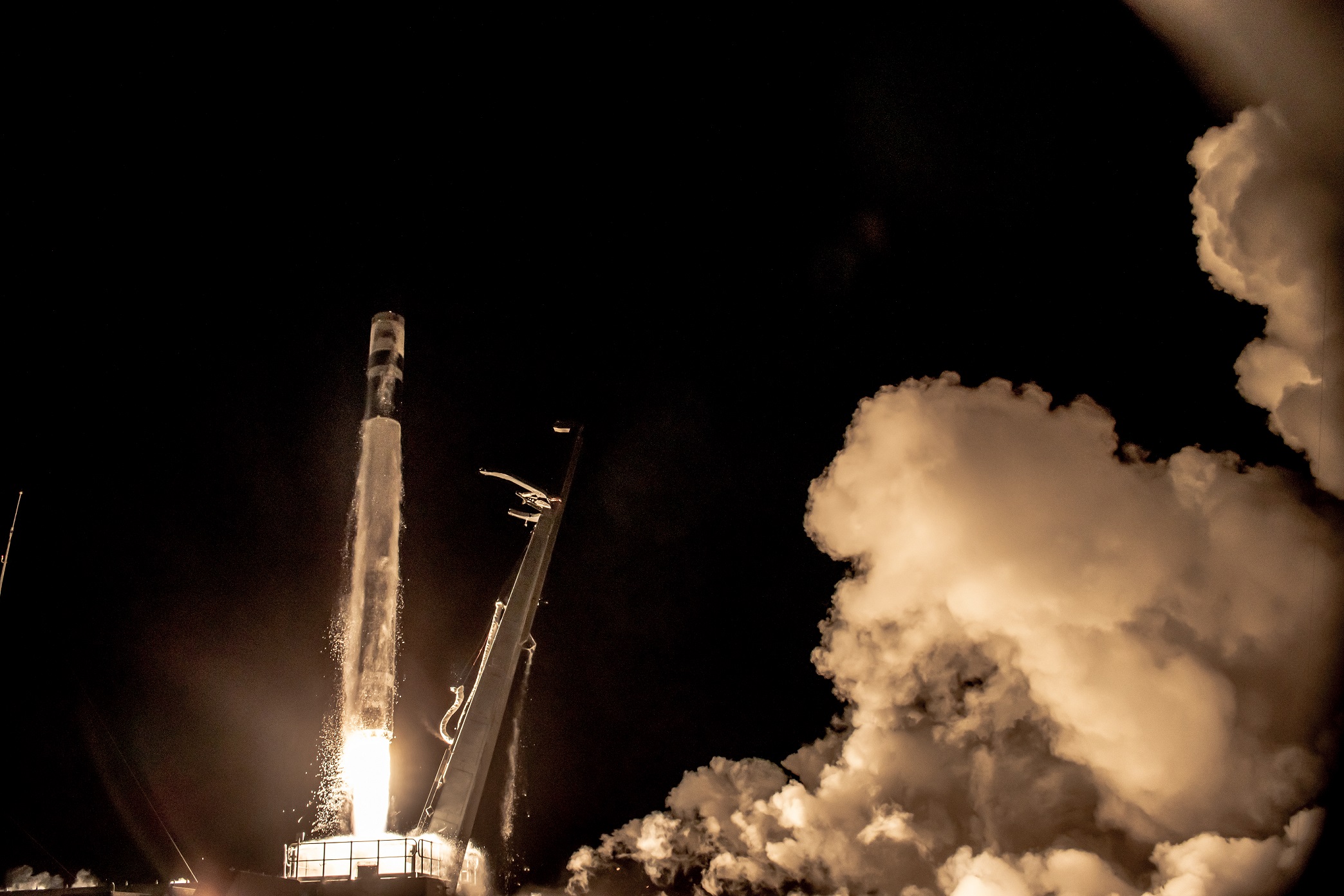
Rocket Lab is creating a separate entity to focus on U.S. Defense and intelligence agency customers. The new business sector, called Rocket Lab National Security, also will work with U.S. Allies. Rocket Lab went public in August 2021 via a merger with a special purpose acquisition company.
Eutelsat orders GEO broadband satellite with LEO in mind
Original Publication Date: 2022-12-01 22:07
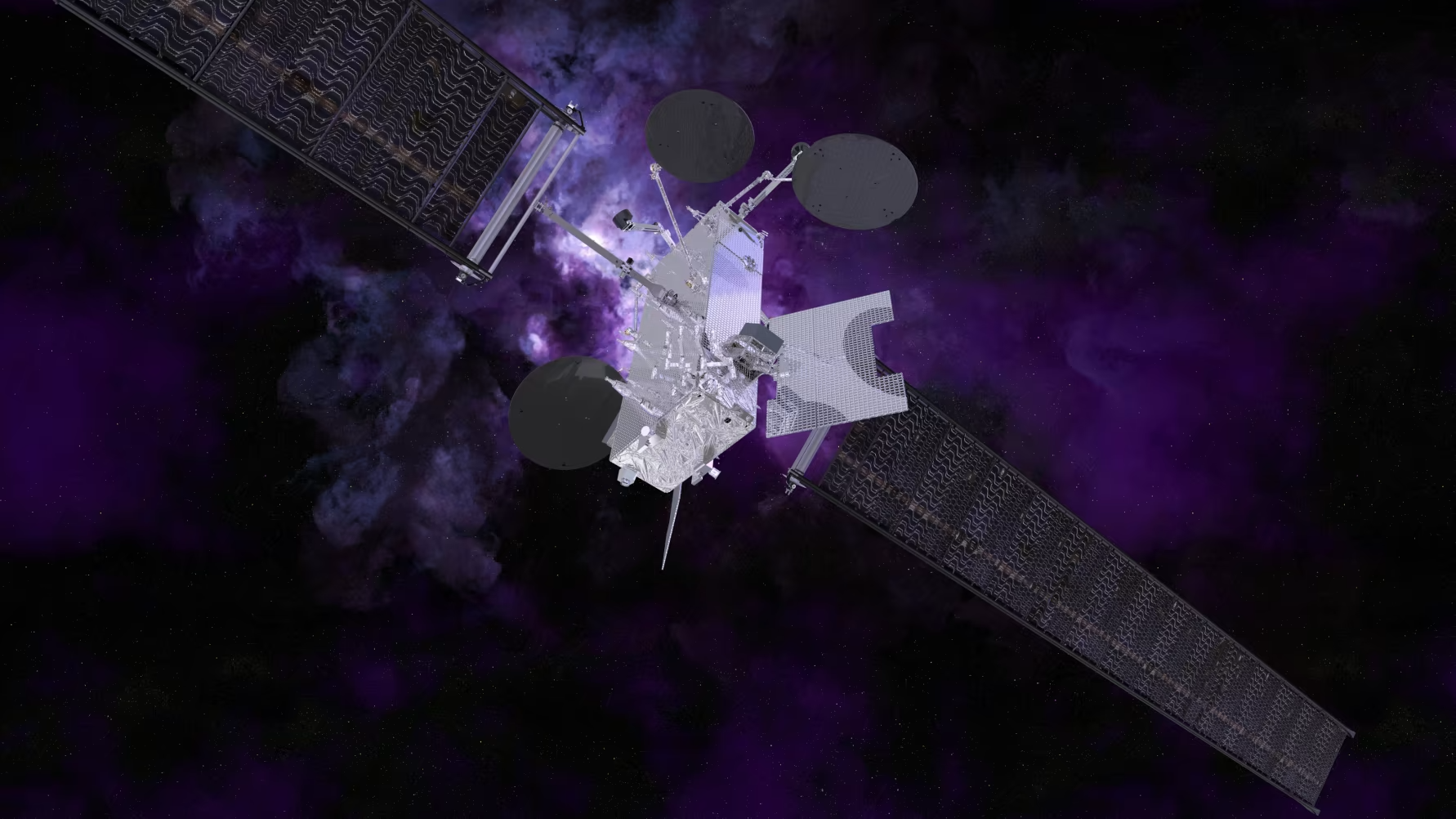
Eutelsat said Dec. 1 it has ordered a geostationary broadband satellite. The satellite will support multi-orbit services in the Americas from 2026. Eutelsat stands to gain by merging with OneWeb, the U.K.-based constellation operator.
Cognitive Space hires retired general as strategic advisor
Original Publication Date: 2022-12-01 15:30
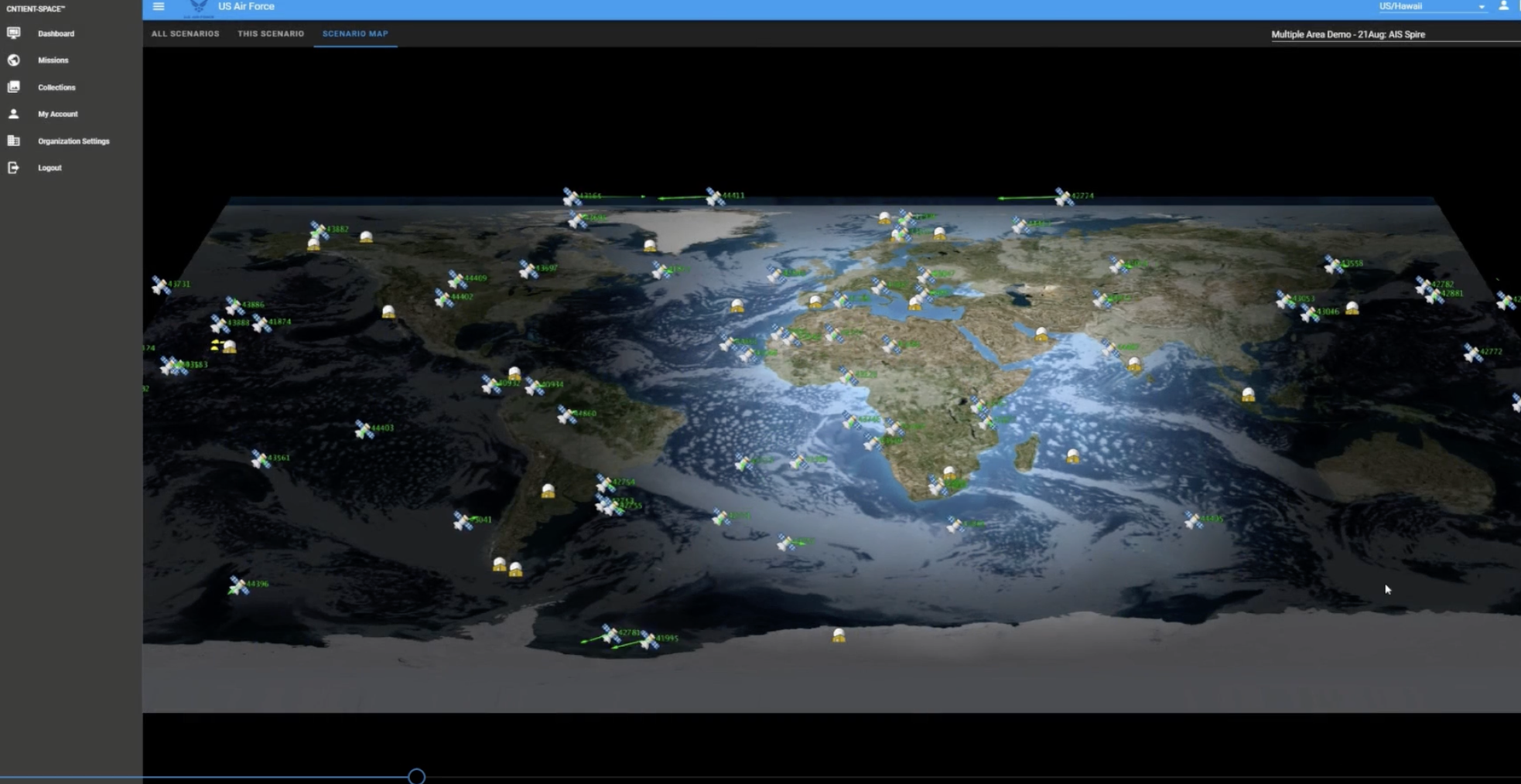
Retired Maj. Gen. Aaron Prupas has joined Houston startup Cognitive Space. Prupas was most recently director for defense intelligence at the Office of the Undersecretary of Defense for Intelligence and Security. Prupas will help guide the company as it seeks to expand its defense and intelligence business.
NASASpaceFlight.com
India launches a new ocean monitoring satellite on Saturday morning. The EOS-06 spacecraft was placed into a low Earth orbit. The mission, PSLV C54, lifted off from the Satish Dhawan Space Centre at 11:56 local time (06:26 UTC)
Commercial Archives
Artemis I launch of the Space Launch System (SLS) rocket from LC-39B at the Kennedy Space Center on Nov. 16, 2022. It marked the first time in 11 years that the Solid Rocket Boosters (SRBs) formerly used for the Space Shuttle program lit on a launch pad.
International Archives
A Russian Soyuz-2.1b rocket was launched from Site 43/4 at the Plesetsk Cosmodrome on Dec. 1. Onboard was likely a Lotos-S electronic intelligence satellite for the Russian military. Only Lotos-S1 No. 6 and its Soyuz upper stage were initially cataloged in orbit.
News – Spaceflight101

Europe’s Copernicus satellite fleet is gearing up for the arrival of its next addition on Wednesday. A Russian Rockot booster is set to blast off from the Plesetsk Cosmodrome at 17:57 UTC with the Sentinel-3B multi-function satellite.
ISS Updates – Spaceflight101 – International Space Station

A veteran NASA spacewalker and an EVA rookie from Japan ended their week with nearly six hours of work outside the International Space Station. The restoration of the Station’s Mobile Servicing System started last year and continued in January to provide Canadarm2 with a new pair of grappling hands.
Featured – Spaceflight101

SpaceX Falcon 9 takes to the skies over Florida’s Cape Canaveral Monday afternoon. First of at least six cargo ships inbound to the U.S. Segment of ISS this year. Dragon spacecraft will deliver science gear, supplies and maintenance hardware to the orbiting laboratory.
VP Harris, French President Get First Look at Galactic Get-Together

A merging galaxy pair cavort in this image captured by the James Webb Space Telescope. II ZW 96 is roughly 500 million light-years from Earth and lies in the constellation Delphinus. As well as the wild swirl of the merging galaxies, a menagerie of background galaxies are dotted throughout the image.
Baby Star ‘Burps’ Tell Tales of Frantic Feeding, NASA Data Shows

Newborn stars “feed” at a furious rate and grow through surprisingly frequent feeding frenzies. Outbursts from stellar babies at the earliest stage of development – when they’re about 100,000 years old – occur roughly every 400 years. Until now the formation and early development of the very youngest stars have been challenging to study.
NASA’s Lunar Flashlight SmallSat Readies for Launch

Lunar Flashlight will use a new kind of “green’ propellant that is safer to transport and store than the commonly used in-space propellants. The science data collected by Lunar Flashlight will be compared with observations made by other lunar missions. The mission is managed for NASA by the agency’s Jet Propulsion Laboratory.
NASA’s Europa Clipper Gets Its Wheels for Traveling in Deep Space

The Europa Clipper mission is set to launch in October 2024. The mission will investigate whether the icy moon of Europa has the capability to support life. Understanding Europa’s habitability will help scientists better understand how life developed on Earth and potential for finding life beyond our planet.
NASA, ESA Reveal Tale of Death, Dust in Orion Constellation

JPL, a division of Caltech in Pasadena, managed Spitzer mission operations for NASA’s Science Mission Directorate in Washington until the spacecraft was retired in 2020. Science operations were conducted at the Spitzer Science Center at IPAC at Caltech. In September 2013, NASA reactivated the spacecraft with the primary goal of scanning for near-Earth objects, or NEOs.
Meet the People Behind the SWOT Water-Tracking Satellite

Satellite will be the first to observe nearly all water on Earth’s surface. Led by NASA and the French space agency Centre National d’Études Spatiales (CNES) SWOT will measure the height of water in lakes, rivers, reservoirs, and the ocean.
NASA Program Predicted Impact of Small Asteroid Over Ontario, Canada

Asteroid was detected 3 ½ hours before impact, making this event the sixth time in history a small asteroid has been tracked in space before impacting Earth’s atmosphere. Small asteroids are not a hazard to Earth, but they can be a useful test for NASA’s planetary defense capabilities for discovery, tracking, orbit determination, and impact prediction.
